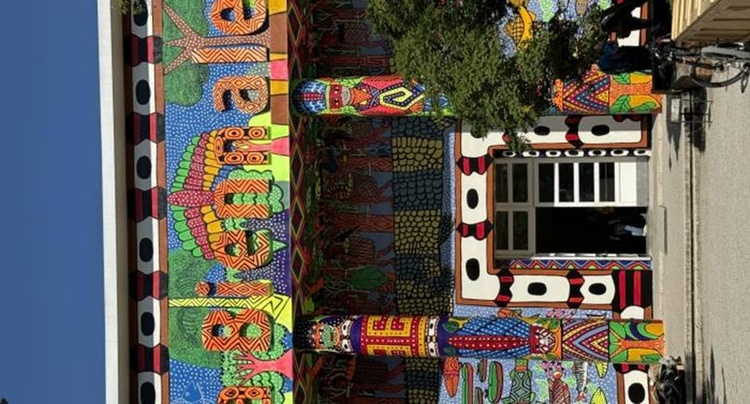
The Biennale di Venezia in 2024
The Biennale di Venezia in 2024:
between audacity and exoticism
A look at one of the main art meetings worldwide, from the eyes of a Panamanian artist in an edition in which Panama had a relevant presence
All canals lead to Venice, says an old sailor saying. And this is demonstrated by the sixtieth edition of the Venice Biennale, the most famous meeting of the arts since the 19th century. Under the umbrella of its title, “Foreigners everywhere”, it brought together artists and delegations from Latin America, Africa, Asia and Oceania (called the Global South), including the first pavilion from Panama. It is also the first time, since its foundation in 1895, that it has been directed by a Latin American: the Brazilian curator Adriano Pedrosa, who invited a majority of indigenous and migrant artists to the central pavilion who touch on the theme of gender representation and decolonization. . Is it personal and collective condition or political position that currently defines what art is? Is this a bold proposal that seeks to provoke?
Beyond inclusion and decolonization
For more than three decades, the incorporation of groups or communities outside the world and the power system of art has been in crescendo, from performances at the TATE Modern in London in the mid-nineties to contradictory community projects at the La Biennale. Havana before the pandemic. The canonization of this process of inclusion and decolonization at a global level has been Venice this year. This process has had a checkered history: in its beginnings it was full of surprise and criticism, especially towards the art establishment, which progressively adopted these principles to secure state funds and a reputation for social conscience.
It is a process that, if analyzed well, displaces the romantic idea of art as savior and rather recognizes the complexity of human nature and artistic language, power structures, the great differences of realities in the world and the simplification of the idea of aesthetics or aesthetics based on these differences. We must also take into account the growth of the enormous influence of private galleries that contribute judiciously to the promotion of their artists in local museums of contemporary art and in the financing of national pavilions, as has happened in the past with Great Britain and the United States. That is why this year's Venice Biennale, as part of that history, is full of wonderful works that resist being seen solely through a political prism, prices, the number of attendees or the popularity induced on the networks. social, as well as to be part of the countless works exoticized by their curators, sponsors or the artists themselves.
Lions and visual poems
One of the works that most impressed me due to its complexity and beauty was the installation by the Australian artist Archie Moore, who won the grand prize of the Biennial: the Golden Lion, together with the New Zealand Maori collective Mataaho. I spoke with Moore about our contrasting perspectives of the Pacific Ocean while visiting his work, titled 'Kith and Kin', and reading on the walls of the immense Australian pavilion his mutilated handwritten family tree (Aboriginal and European): an endless blackboard. In the middle of the room, like an altar to memory, official files are displayed with stories of abuse of aboriginal people surrounded by a narrow moat of water, a balm of reconciliation.
For Glenda León, a Cuban artist living in Madrid and one of the most prominent in Latin America, her favorite works were those of the Japan Pavilion with the artist Yuko Mohri, who combines and creates flimsy and delicate survival machines using common tools, household objects and fruits - an intimate metaphor of survival - and the work of the South Korean artist Lee Ufan, organized by the Berggreun foundation at the Palazzo Diedo, in which he combines simple geometric shapes, noble materials and light in the palatial space: “visual poetry” , according to León.

- May 18, 2024
Oscar Winner ~ Short film | Father and Daughter
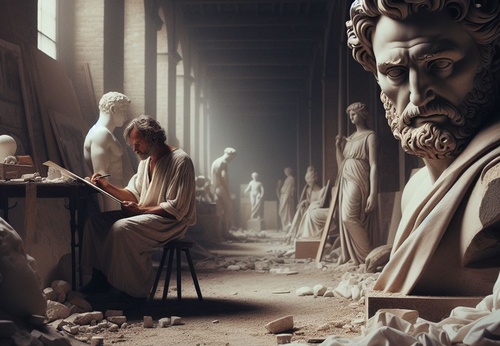
- May 18, 2024
An Interview with Michelangelo
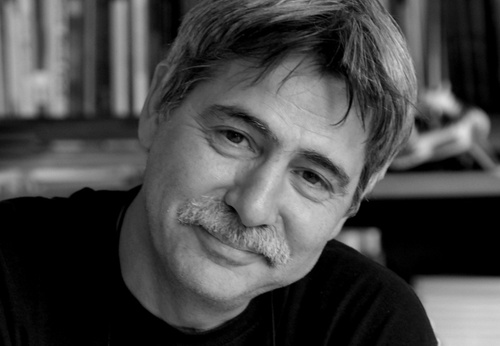
- May 18, 2024
Istvan Orosz
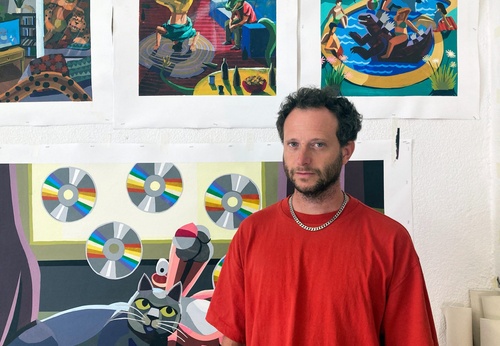
- May 18, 2024
Franco Fasoli
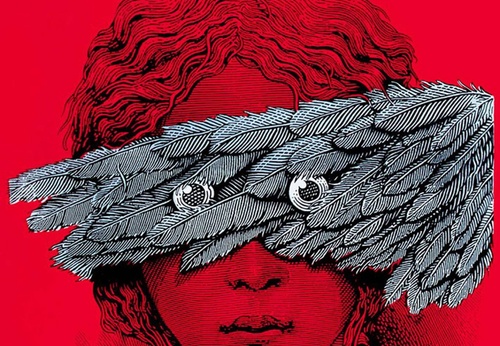
- May 18, 2024
Gallery of graphic design by Istvan Orosz - Hungary
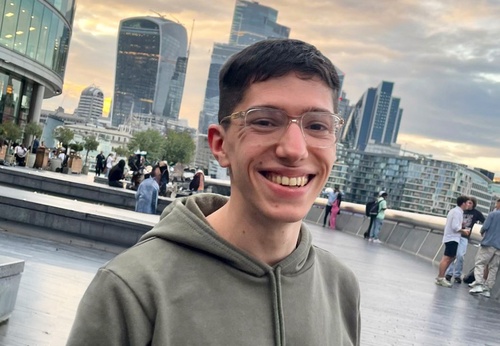
- May 18, 2024
Franco Di Pietro

- May 18, 2024
Francisco Zuñiga
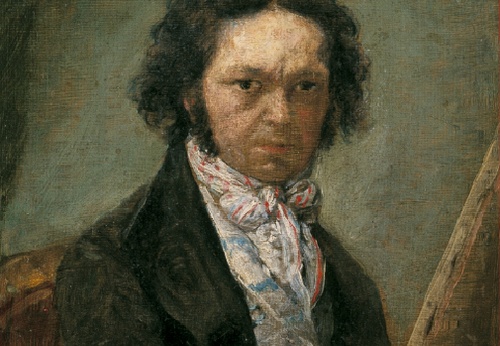
- May 18, 2024
francisco goya
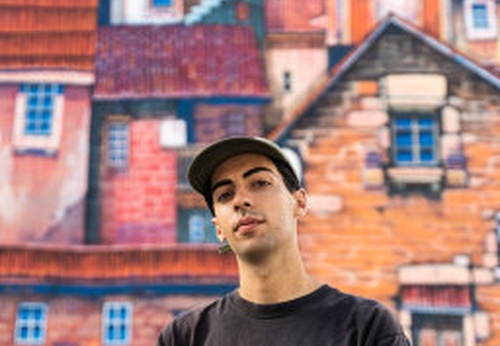
- May 18, 2024
Francisco Fonseca

- May 15, 2024
Three jewels of Colombian art at the Ve…

- May 15, 2024
Eleven murals for Gaza painted across t…

- May 14, 2024
Artwork celebrating Gaza journalists

- May 14, 2024
VENEZUELAN ARTIST INAUGURATED FIRST TAP…

- May 14, 2024
Choreographies of the impossible

- May 14, 2024
Latin American art shines at the presti…

- May 13, 2024
The Book Fury returns to Mapocho Station

- May 13, 2024
Display of movie posters during French …

- May 12, 2024
The impossible statue: a work of art cr…

- May 12, 2024
Artistic guerrilla for Palestine in the…

- May 12, 2024
Palestine is everywhere at this year's …

- May 11, 2024
Cubadisco 2024 presentations begin to t…

- May 11, 2024
Lima celebrates Ecuadorian painter Olme…

- May 11, 2024
Ramuntcho Matta a visual artist and mus…

- May 09, 2024
New art gallery inaugurated with more t…

- May 09, 2024
Pinta Sud will fill Paraguay with art i…

- May 09, 2024
The new CAAC exhibition dedicated to Ma…

- May 08, 2024
Schajris is a revolutionary artist

- May 08, 2024
Museum of Contemporary Art U. de Chile

- May 07, 2024
ICAIC and Casa de las Américas celebrat…

- October 08, 2023
Illustrations reflect the brutal Israel…

- December 25, 2023
The jury statement of the Iran-Brazil F…

- July 29, 2023
History of Caricature in Brazil

- April 20, 2024
Poignant Image of Grief Wins Mohammed S…

- October 21, 2023
Erick Meyenberg and Tania Ragasol at th…

- March 14, 2024
museum of statue of van gogh

- August 09, 2023
Venezuela mural expresses solidarity wi…

- March 15, 2024
museum of sculpture of Salvador Dali

- March 30, 2024
illustration websites in Latin America

- April 18, 2024
Israel Pavilion at Venice Biennale clos…

- March 21, 2024
The history of art in Palestine

- October 30, 2023
Palestinian turns images of the Gaza co…

- September 01, 2023
Neural Filters in new photoshop 2023

- April 22, 2024
Microsoft was recently hit by a 'Mike-r…

- March 14, 2024
OpenAI Announces New Leadership

- April 25, 2024
Latin American art at the Venice Bienna…

- October 23, 2023
Photos by José Luis Díaz of the march o…

- November 06, 2023
Heba Zagout: Palestinian artist murdere…

- April 17, 2024
A Peruvian artist will represent Spain

- July 30, 2023
The Murals of the Revolution Museum in …

- October 08, 2023
Illustrations reflect the brutal Israel…

- December 25, 2023
The jury statement of the Iran-Brazil F…

- November 06, 2023
Heba Zagout: Palestinian artist murdere…

- October 23, 2023
Controversy over the project that will …

- October 30, 2023
Palestinian turns images of the Gaza co…

- July 30, 2023
Havana Biennia contemporary art exhibit…

- July 29, 2023
Piracicaba International Humor Exhibiti…

- February 06, 2024
Bolivian artists will be at the 2024 Ve…

- February 08, 2024
Art Week 2024 in CDMX

- December 10, 2023
Sliman Mansour and Palestinian art on t…

- October 25, 2023
Art in Resistance for Palestine

- November 17, 2023
Fernando Botero's work is booming after…

- November 09, 2023
Exhibition of “Latin America” cartoons …

- December 14, 2023
Green manifesto: art as a bridge betwee…

- August 12, 2023
The best photos in the world taken with…

- July 29, 2023
History of Caricature in Brazil

- October 17, 2023
The influence of Latin American artists…

- February 18, 2024
7 Ways to Understand What Visual Arts A…

- October 15, 2023
The Museum of Modern Art presents the e…

- September 01, 2023


